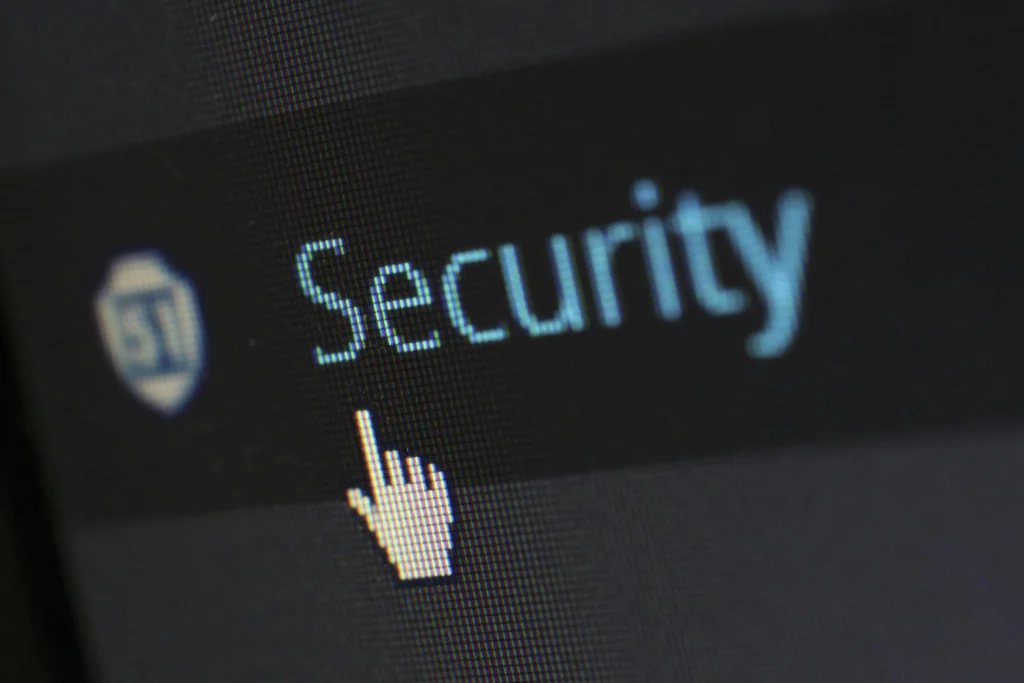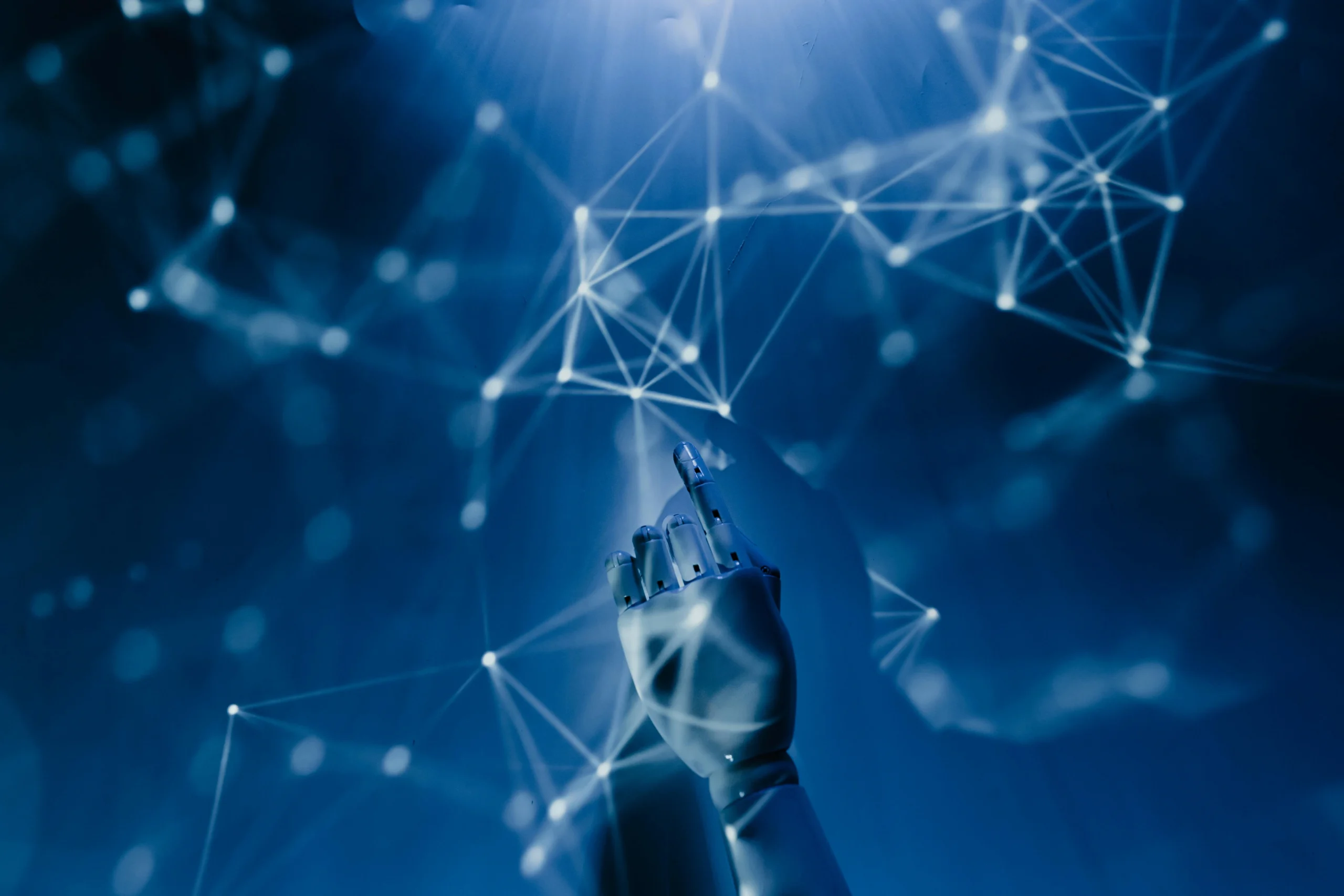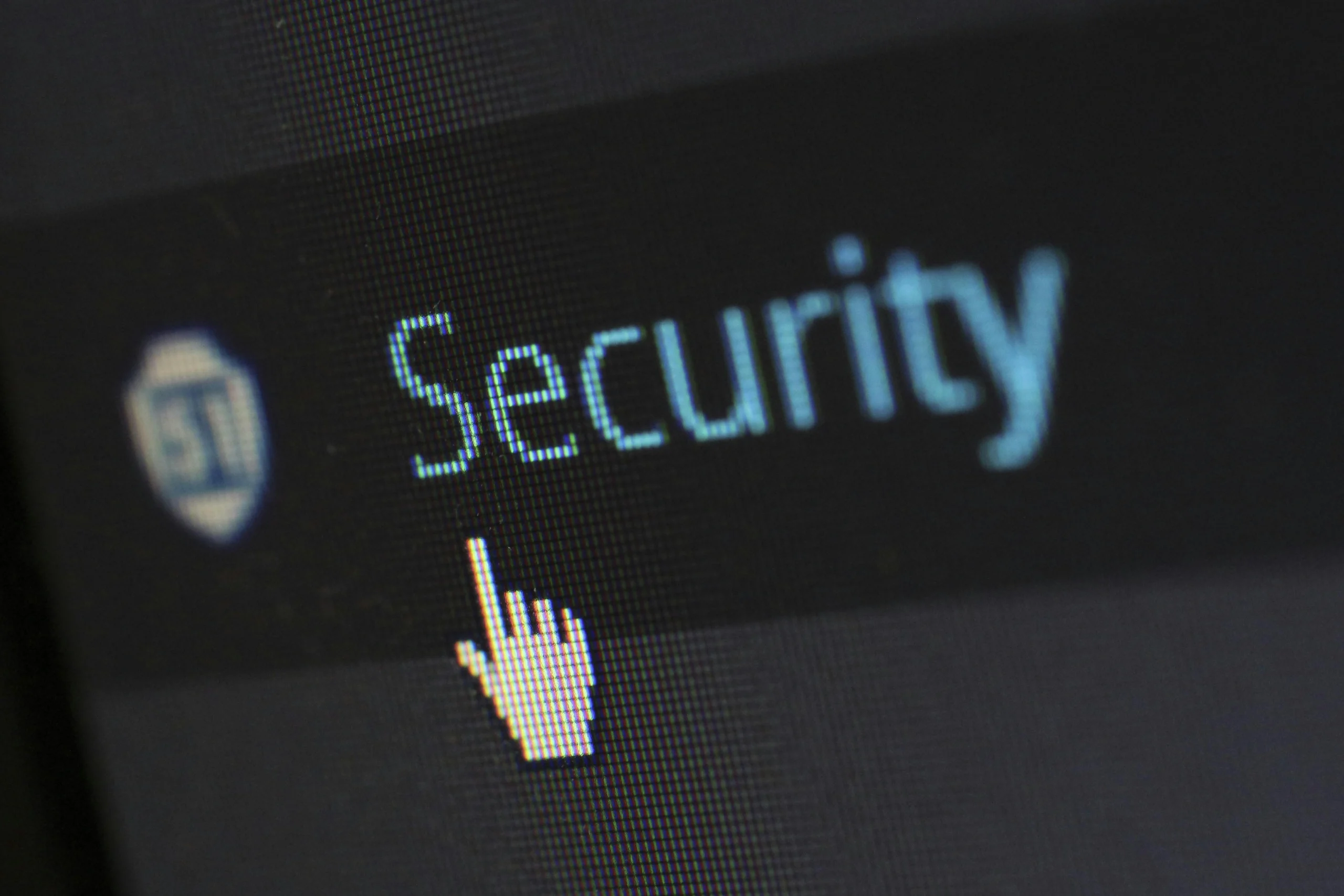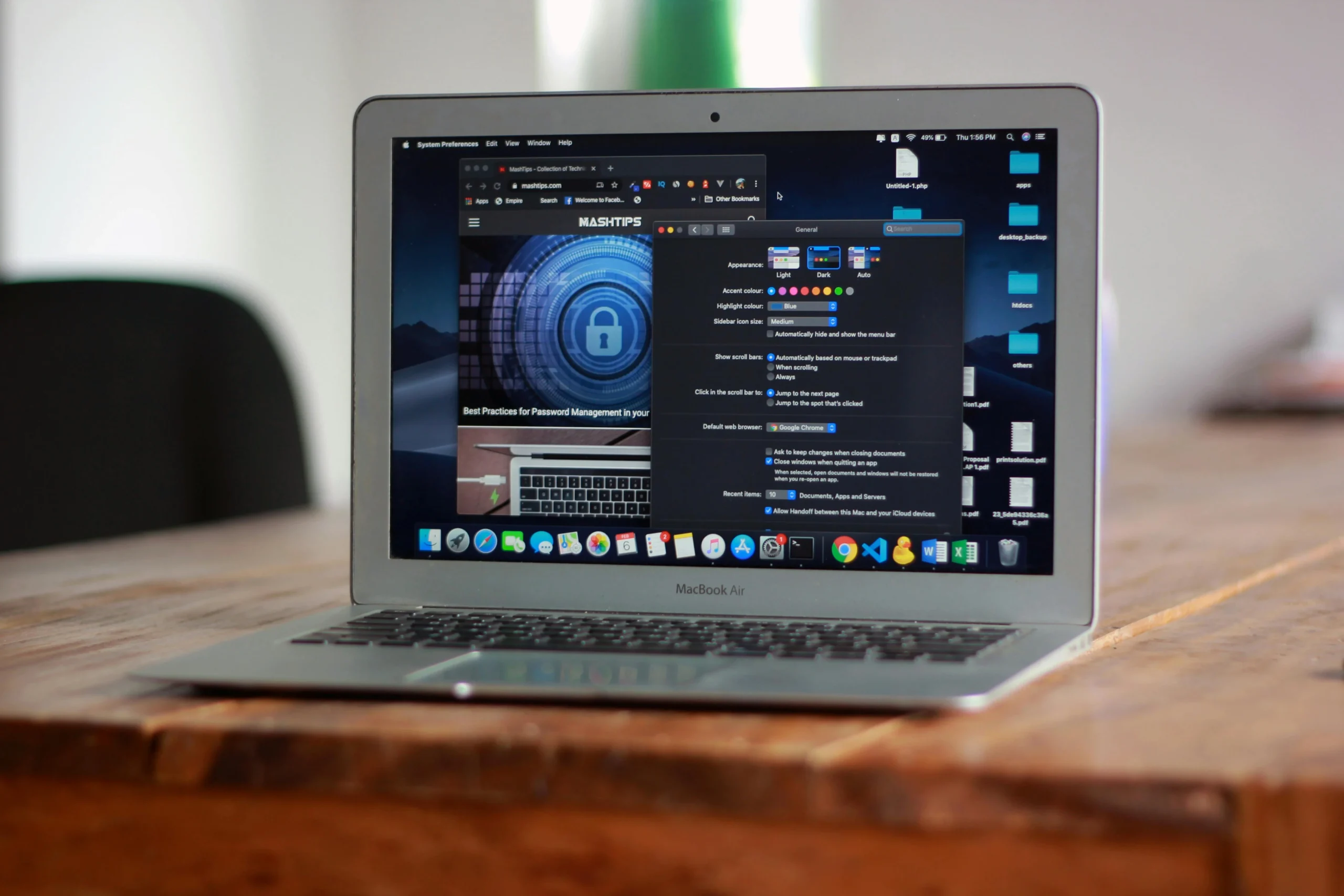As AI systems become more autonomous, understanding who is responsible when these systems cause harm is critical. Initially, liability rests with the developers for design and coding issues. However, once an AI is deployed, the organization using it becomes responsible for its governance and operational context. With AI adoption growing rapidly, organizations often neglect proper governance, leading to increased risks.
Key risks center around governance gaps, such as inadequate oversight, poor audit trails, and unclear vendor responsibilities. To mitigate these, organizations must ensure robust documentation of AI systems’ data handling and safety measures while establishing clear accountability chains. Bridging these gaps typically involves creating cross-functional committees and enforcing strict governance policies during the AI’s lifecycle. Organizations are urged to adopt proactive measures like sandbox testing and role-based access to innovate safely while ensuring compliance with emerging regulations.
As AI governance frameworks evolve, organizations must adapt their contracts and service level agreements to reflect responsibilities effectively. The growing complexity of AI liability means that both developers and deploying organizations must navigate a new landscape of shared accountability, where both model-level defects and operational mismanagement can incur liability.
👉 Pročitaj original: CIO Magazine





